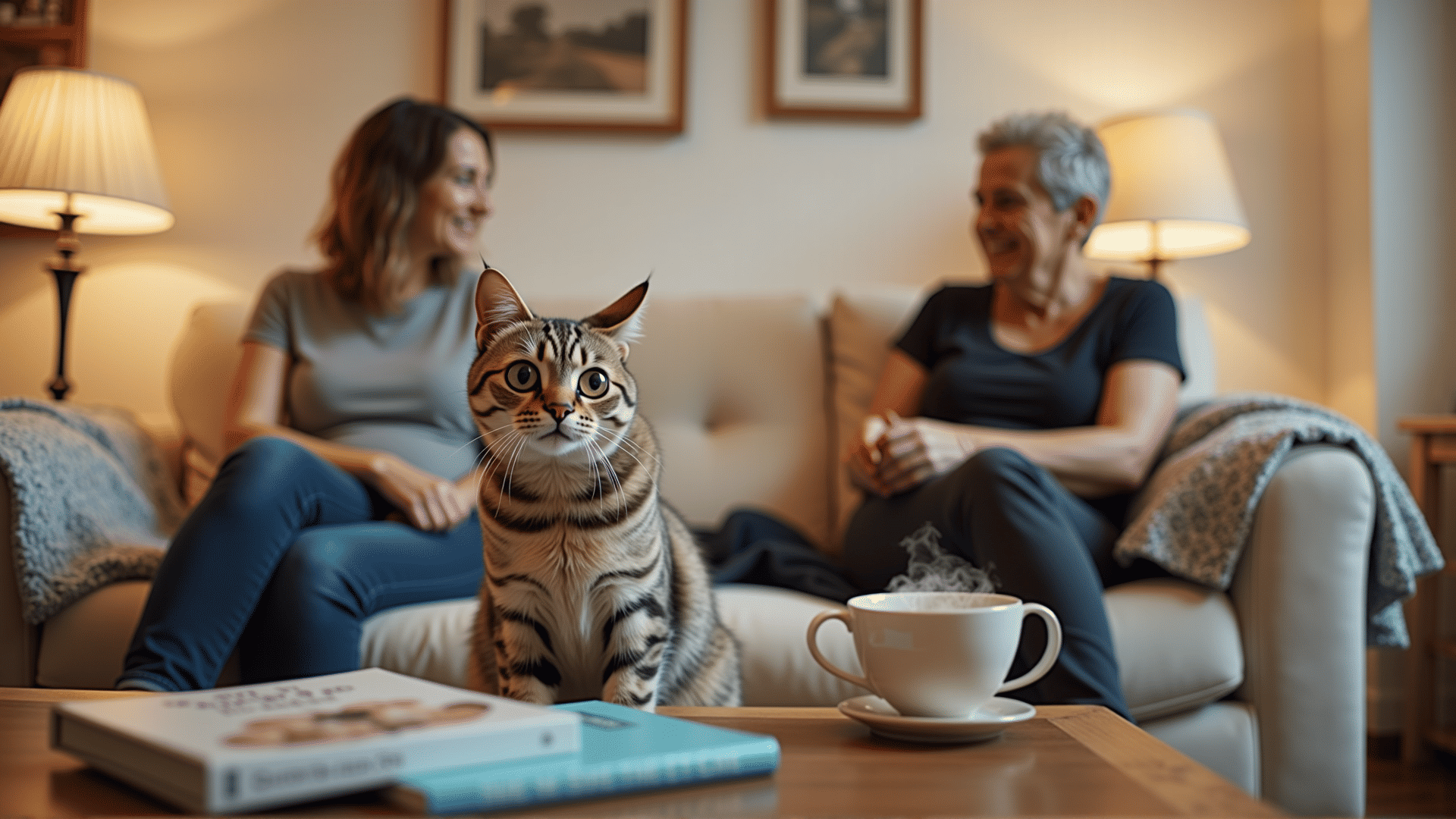Understanding the behaviors of our pets can lead to stronger bonds and improved interactions with them. Many pet owners find themselves puzzled by their furry friends' actions, but these behaviors often have natural explanations rooted in communication and instinct.
Body Language and Vocalizations
Pets communicate primarily through body language and sound. Dogs, for instance, express excitement through wagging their tails, but the way they wag can indicate different emotions. A broad wagging tail suggests happiness, while a stiff, wagging tail might signify alertness or tension. Cats, on the other hand, use purring to convey contentment but can also purr when they are anxious or in discomfort. Observing your pet's context and overall behavior can help you interpret these signals accurately.
Vocalizations are another common means of communication. Dogs bark for various reasons, including alerting you to a stranger’s presence or expressing boredom. Cats meow to communicate with humans, and different pitches and lengths of meows can signify differing needs or moods.
Understanding Instinctual Behaviors
Many behaviors in pets are driven by instinct. For example, dogs often circle before lying down, a behavior inherited from their wild ancestors who trampled grass to create a comfortable resting spot. Similarly, cats knead with their paws on soft surfaces, echoing behaviors from kittenhood when they massaged their mothers to stimulate milk flow.
Pets also have territorial instincts. Dogs and cats mark territories to communicate ownership and establish boundaries with other animals. This behavior is part of their natural inclination to secure resources and maintain territorial control.
Interacting and Playing with Pets
Understanding play is crucial to bonding with your pet. Play mimics activities they would engage in the wild, helping them practice survival skills and maintain fitness. For dogs, games like fetch or tug-of-war simulate the hunt. For cats, interactive toys that mimic the movement of prey help satisfy their predatory instincts.
Providing appropriate outlets for these behaviors is essential. Ensuring your dog has enough toys to chew or your cat has scratching posts can prevent unwanted behaviors like furniture chewing or scratching. These provisions allow pets to express natural behaviors positively.
Creating a Stronger Bond
Bonding with your pet involves patience and understanding. Spend time observing your pet's unique personality and tendencies. Engaging in regular play, offering affection, and establishing routines can promote a sense of security and strengthen your relationship.
Training and positive reinforcement can also enhance communication. Rewarding desired behaviors with treats, verbal praise, or petting can help your pet learn how to behave in a way that fits within your home environment. This approach encourages cooperation and boosts mutual understanding between you and your pet.
By taking the time to decode your pet's behavior, you not only improve communication but also create a nurturing and happy environment for your beloved companion. The mysteries of pet behavior might initially seem perplexing, but with careful observation and interaction, they become an integral part of the rewarding connection you share with your furry friend.
